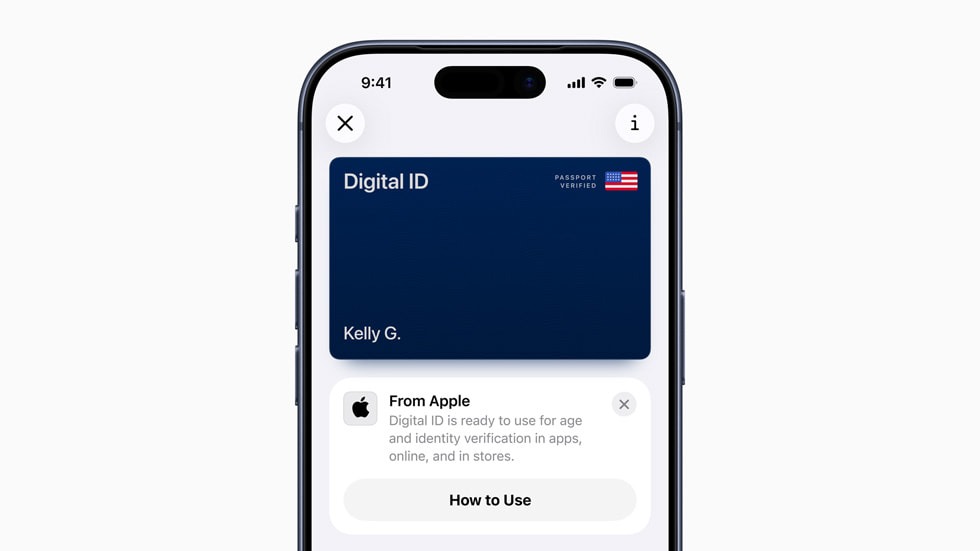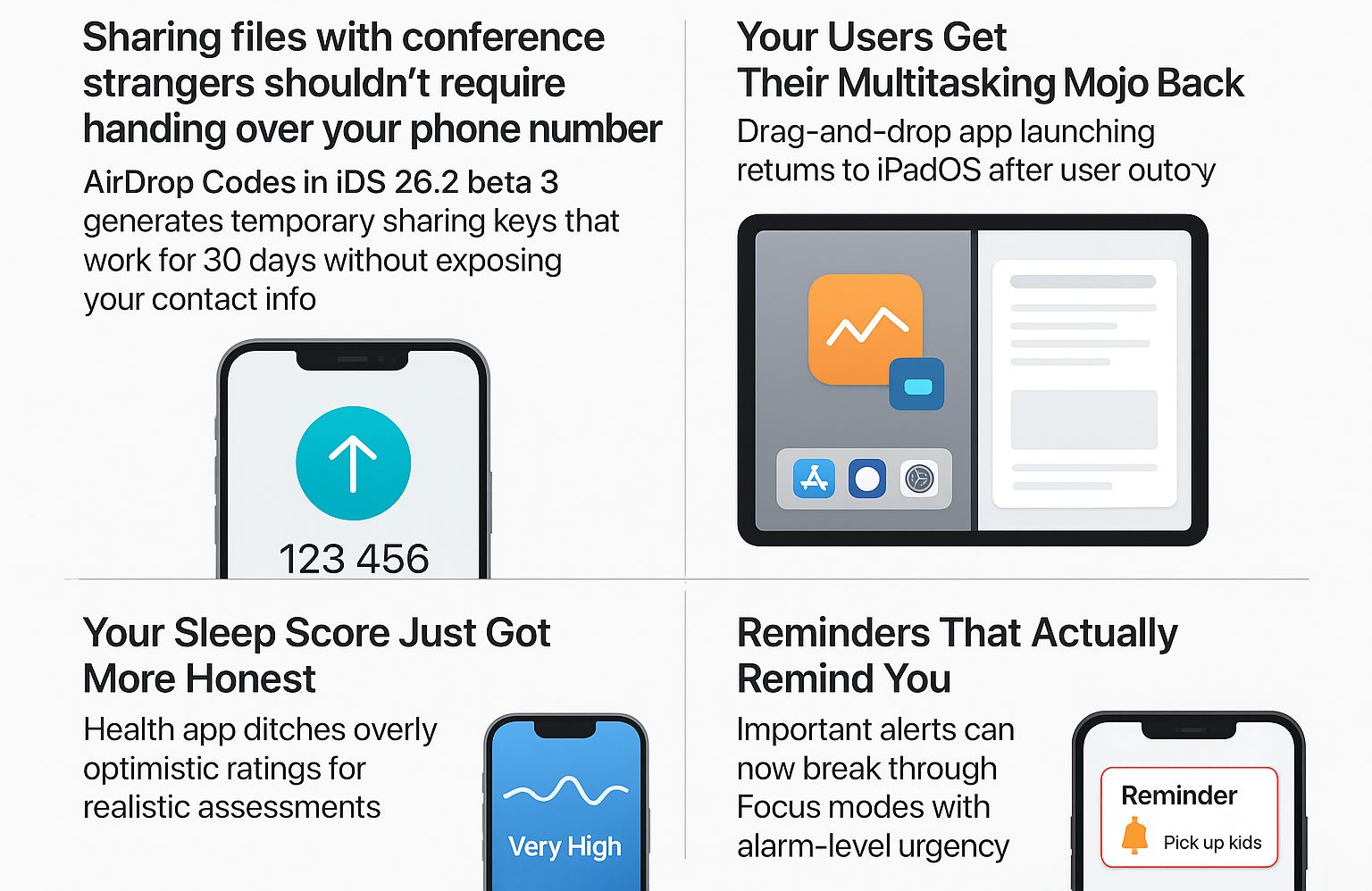Your EV lease just got more expensive after September 30’s tax credit expiration—except Ford and GM found a way to keep the savings flowing. These automakers are literally purchasing their own dealer inventory to preserve the $7,500 federal credit for customers leasing through year-end.
The Corporate Shell Game
Ford Credit and GM Financial make down payments on dealer lots before the deadline, qualifying vehicles for expired tax benefits.
Here’s how the financial engineering works: Ford Credit and GM Financial initiated binding contracts and down payments on their dealers’ EV inventory before the September 30 cutoff. This makes their finance arms the legal “purchaser” in IRS terms, locking in tax credit eligibility according to IRS guidance. The vehicles then get leased to retail customers with the full $7,500 subsidy baked into lower monthly payments—like finding a regulatory cheat code that actually works.
The scheme follows direct discussions with IRS officials to ensure regulatory compliance. While convoluted, the approach is regarded as compliant with the agency’s guidance on contract dates, down payments, and first legal ownership distinctions.
Business as Usual for Customers
Walk into participating dealers through December and lease qualified EVs at pre-expiration prices.
For shoppers, the experience remains unchanged despite the bureaucratic gymnastics happening behind the scenes. “It’s business as usual for the customer… they can walk in on Oct. 1 or Oct. 31 and lease an EV and get the benefit of the credit if the dealer is participating in the program and still has inventory,” according to a GM spokesperson.
Ford sweetened the deal further with an additional $1,000 dealer incentive for each qualifying lease, available through the end of December 2025. GM allowed dealers to participate through September 30, ensuring lease pricing reflects the full $7,500 subsidy regardless of subsequent market changes.
Winners and Losers
Traditional dealer networks gain advantage over direct-sales brands like Tesla.
The loophole benefits automakers with independent dealer networks while leaving direct-sales companies like Tesla unable to replicate the strategy. Other manufacturers like Hyundai, Kia, Volkswagen, and Toyota haven’t broadly adopted similar methods yet.
Ford and GM worked directly with IRS officials to ensure compliance, but the advantage only lasts until pre-deadline inventory runs dry. Once those vehicles are gone, the tax credit disappears for real—and EV lease prices will likely jump accordingly.
This clever workaround buys time for both automakers and customers, but smart shoppers should act fast. The regulatory arbitrage won’t last forever, and neither will dealer inventory purchased under the September 30 deadline. Market observers warn of a likely reduction in EV sales and dealer incentives after eligible inventory is depleted and the tax credit finally sunsets.





























